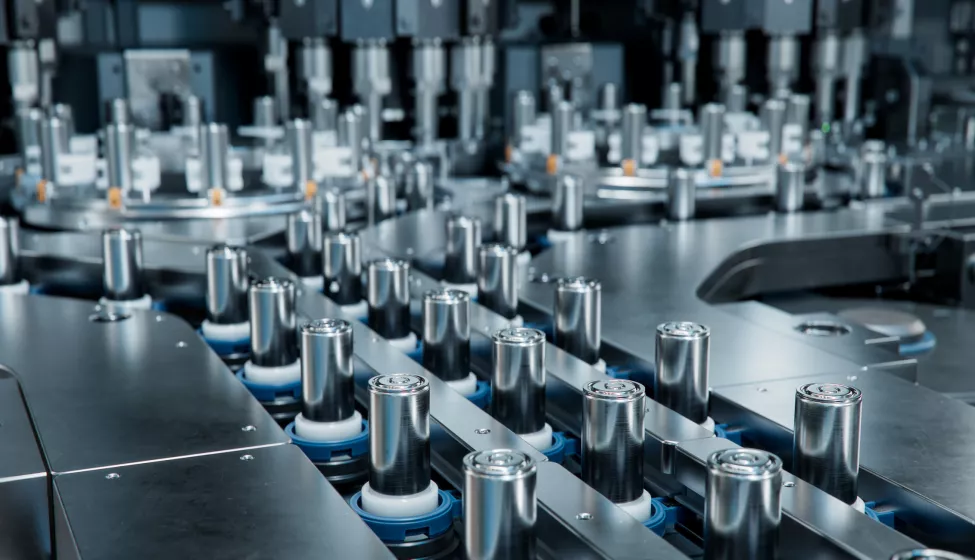December 10, 2020
Contaminants are any unwanted physical, chemical, or biological matter found in finished products, raw source materials, or manufacturing lines. Most contaminants are either byproducts of unexpected reactions that occur during the manufacturing process or impurities introduced into the system from a contaminated source, system failure, or human error.
The presence of contaminants during the manufacturing process can prompt catastrophic failures in manufacturing, plant shutdowns, and the failure of products to meet specifications and standards. If unaddressed, contaminants can also lead to product recalls, regulatory noncompliance, violations of environmental regulations, and health hazards for end users.
In recent years, an increasing number of product liability, commercial, and insurance disputes have focused on the adverse effects of chemical, silicone, and particulate contaminants on product quality and human health and safety. Manufacturers can more effectively resolve contaminant-related conflicts and proactively minimize their occurrence by frequently monitoring for contaminants and taking steps to identify and address the sources and causes of contamination.
Routine Monitoring for Chemical Contamination
Chemicals such as solvents, etching solutions, and cleaning agents are widely used to manufacture consumer electronics, batteries, and medical devices. As these chemicals make direct contact with products or product parts, the presence of contaminants can directly affect product quality. Manufacturing plants routinely rely on manufacturing safety datasheets (MSDSs) to help ensure human health and safety at all stages of a chemical's manufacture, storage, and use.
However, the presence of an MSDS does not fully guarantee a chemical's quality. For this reason, we recommend that manufacturers frequently and regularly monitor the manufacturing processes where chemicals are used. This monitoring is particularly important when a change in supply chain, vendor, or process has prompted the use of a new chemical in the production process.
Understanding and Identifying Silicone Contamination
When unwanted silicone attaches to a substrate surface, it can severely affect bonding and coating processes. Research shows that one-third of the bonding problems that occur in aerospace manufacturing plants are caused by silicone contamination. Silicone contaminants can come from either industrial or human sources. On the industrial side, mold releases, tapes, lubrication oils, and other silicone adhesives/sealants are commonly spread by direct physical contact with materials or equipment. Silicone contaminants can also originate from human sources by way of creams, cosmetics, hair products, antiperspirants, and eye-glass cleaning tissues that contain silicone.
The highly mobile and at times volatile nature of silicone also lends itself to cross contamination. Ovens containing vapors from silicone-based materials (e.g., antifoaming agents, coatings, potting compounds, etc.) can transfer contaminants unexpectedly from one batch of products to another. The media used for grit blasting, a treatment process for cleaning contaminated surfaces, can also result in the unintentional transfer of silicone. Finally, silicone mold release agents used in one part of a plant can be transported through a series of contacts or air ducts to other plant surfaces.
Identifying and addressing silicone contamination and cross-contamination is not always easy. Third-party experts in surface analytical chemistry can help manufacturers identify the presence and composition of silicone contaminants, cross-reference manufacturing processes to isolate industrial or human sources, and build strategies for remedial action.
Investigating Particulate Contamination
Particulate contamination can be a particularly serious issue in the roll-to-roll (R2R) manufacturing of lithium-ion batteries. The presence of contaminants on a battery electrode surface can cause latent yet critical defects, such as poor performance or internal short circuits, that only appear when the finished product is in use. These defects can cause battery fires and other significant safety issues that can seriously undermine customer confidence.
Many steps in the battery production process are sensitive to metal particle contamination. Unhygienic practices of workers, inadequate design of manufacturing equipment, and lack of maintenance of machinery are typical causes of particulate-related issues. Our team at Exponent recently investigated a battery batch failure that reportedly originated from the manufacturing process. A careful disassembly and characterization of particles in the battery cell allowed us to isolate the source of contamination to the initial slitting of the current collecting metal foils.
When investigating metal particle contamination, we recommend that lithium-ion battery manufacturers investigate these metal foils, as well as all transport rollers, calendaring rollers, and backing rolls used in battery production. In our experience, each of these areas can be a source of metal particle contamination.
How Exponent Can Help
Exponent's multidisciplinary team of microbiologists, toxicologists, environmental and polymer scientists, building technology specialists, and materials, biomedical, and civil/structural engineers specializes in contamination and process failure investigations for regulated industries across the globe. We can help manufacturers resolve disputes and proactively minimize their occurrence by monitoring for contaminants and taking steps to identify and address the sources and causes of contamination.


